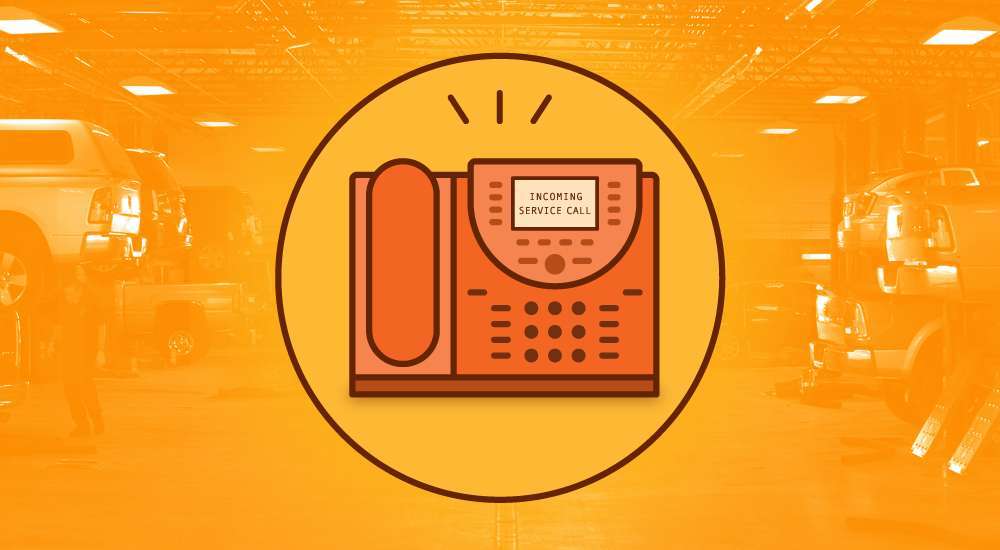Phone calls are on the rise to both sales and service departments. The average dealer, however, only converts a little over 30 percent of its inbound service leads to appointments.
It’s difficult to calculate how much revenue your fixed ops department is actually missing out on, but it’s a good bet that one of your nearest competitors is reaping the benefits of your loss.
Effective call handling can increase conversion rates from an average of 30 percent up to 90 percent, meaning your dealership’s fixed ops department could be generating three times as much business without increasing its marketing spend.
We recently fielded an extensive study on how dealers nationwide handle inbound service calls and were able to pinpoint the most important phone skills that help service departments set appointments. We analyzed data across 2,464 phone calls and reviewed 21 common call handler behaviors to determine which ones are crucial to converting inbound leads into appointments. There are six key behaviors that, when successfully used, improve call-to-appointment conversion ratios from as low as 11 percent to as high as 90 percent.
One of the most startling pieces of data in the study is that nearly a third of the service department calls analyzed did not take advantage of these critical, simple tactics for converting calls to leads.
With this in mind, here are six crucial and basic steps for service appointment setting success:
1. Ask the caller “How may I help you?”
This obvious question was only asked 64 percent of the time on the analyzed calls.
2. Establish if the caller is a repeat customer.
Recognizing valuable repeat customers is good for business and saves time on the call. This, however, only occurred 62 percent of the time.
3. Identify the vehicle needing service.
Quickly identifying the customer’s vehicle helps the service department maintain control of the call and guide it toward an appointment. Call handlers did this only 69 percent of the time.
4. Obtain the caller’s full name.
Getting the customer’s first name helps build rapport while the last name is important for accurate record keeping. This only occurred in two-thirds of calls studied.
5. Ask about the caller’s additional questions/concerns.
This shows callers that their concerns are taken seriously, and it’s an effective way to identify upsell opportunities. Only 6 percent of the calls studied included this crucial step.
6. Determine the caller’s timeframe for service needs.
This is the best way to get callers to commit to an appointment, but only 65 percent of call handlers did this on calls analyzed.
As you can see, these steps aren’t difficult and add only a negligible amount of phone time, offset in the form of customer loyalty and upsell opportunities. Take the time to make these six basic steps part of the routine of every service appointment call and start seeing immediate results.
Guest author Adam Kottler is the Director of Advisory Services at CallSource, a Dealer.com Certified Technology Provider.
